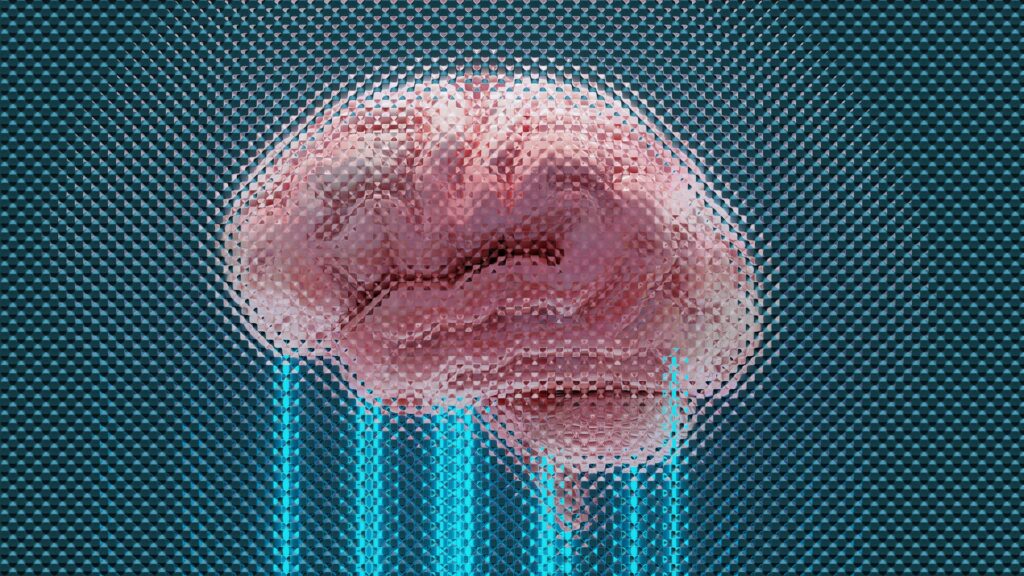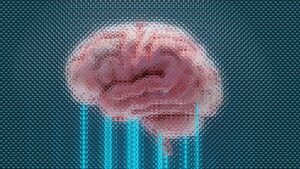The Next Frontier of Neural Networks: Learning Without Labeled Data

The Next Frontier of Neural Networks: Learning Without Labeled Data
For more than a decade, the development of neural networks has been propelled by the accumulation of enormous datasets that have been labeled, such as ImageNet, COCO, and many others. These collections of data that have been annotated by humans have been the driving force behind advancements in areas such as audio transcription, natural language processing, and image recognition. But there are obvious restrictions associated with this strategy. In addition to requiring time, money, and human knowledge, labeling is not capable of scaling to accommodate the vast amount of information that exists in the real world. Furthermore, labeled data frequently reflects human bias, which introduces errors into the way artificial intelligence systems sense and interpret the world around them.
The Increasing Popularity of Self-Directed Learning
Self-supervised learning (SSL), a paradigm in which models learn directly from raw, unlabeled input, is the development that will bring about the next significant leap in neural network design. SSL generates its own training objectives by concealing certain aspects of the input and requesting that the model make predictions about them. This is done in place of depending on human annotations. For instance, a model may conceal certain parts of a picture and then learn to rebuild them, or it could make a prediction about the next word in a sentence without being aware of the proper label beforehand. Through this approach, networks are taught to extract valuable representations of data by gaining a grasp of the structure that lies beneath the data.
Several Reasons Why Labels Are Getting Older
The real world does not have any labels. There are no preset classifications for the majority of the data, which includes movies, text, sensor readings, sound, and biological signals. The adaptability of neural networks will be significantly increased if they are able to learn from this kind of unstructured information. This change is a representation of how humans learn, which is not by continuous labeling but rather through exposure, context, and prediction. In order for children to learn to recognize a cat, they do not need to be exposed to thousands of photographs that have been labeled; rather, they learn through pattern recognition, association, and repetition.
Foundational Models and Their Importance
The ability of large foundation models such as GPT, CLIP, and Gemini to produce state-of-the-art performance from data that is either unlabeled or only weakly labeled has already been demonstrated. These models make use of self-supervised pretraining on enormous volumes of data, which allows them to learn general patterns that may subsequently be fine-tuned for particular tasks. The outcome is a system that is capable of comprehending text, vision, and even multimodal content in a manner that is more adaptable and generalizable than models that are solely for the purpose of supervision.
Both Contrastive Learning and Representation Power are Important
The concept of contrastive learning, in which models learn by differentiating between examples that are similar and those that are not comparable, is one of the most important innovations in SSL. For instance, if two photos are taken from the same video clip, the network will learn that they reflect content that is similar to one another, even if it does not exactly know what the labels are. This resulted in the formation of a highly structured internal representation space over the course of time, in which the distances between data points reflected significant relationships.
Beyond the Boundaries of Vision and Language
Although SSL has been particularly successful in the vision and text domains, its potential is far more extensive. It has the potential to reveal illness patterns in the medical field by analyzing unlabeled medical photos. It gives systems the ability to learn from sensory data without being given explicit instructions, which is useful in robotics. It has the ability to identify subtle market signals that humans have not identified in the field of finance. In essence, self-supervised learning enables artificial intelligence to extract previously unknown information from vast amounts of raw data.
A Decrease in Reliance on the Biases of Humans
It is impossible to objectively assign labels. When humans annotate a dataset, they bring with them a set of assumptions that are cultural, linguistic, and contextual in nature. Human bias in data gathering is reduced by the use of unlabeled learning since it eliminates this dependency. Additionally, it assists models in learning from information that is more diverse and representative, despite the fact that it does not completely eliminate bias because the source data itself may be skewed.
One of the Benefits of Efficiency
In contrast to the abundance of unlabeled data, labeled data requires active human intervention. Neural networks are able to benefit from this abundance in an effective manner because to self-supervised learning. The ability to pretrain on enormous datasets that are not labeled results in a significant reduction in the cost of development while simultaneously enhancing generalization with regard to other tasks. Additionally, it speeds up the process of developing domain-specific models, such as those used in medical or industrial AI, where there are few instances that have been labeled.
Unlabeled and minimal supervision are combined in this method.
It seems likely that semi-supervised and few-shot learning will be the way of the future. In these types of learning, a model that has been trained mostly on unlabeled data is guided by a tiny quantity of labeled data. A hybrid approach like this one offers the advantages of both self-supervision and human labeling, combining the effectiveness of the former with the precision of the latter. In the present moment, few-shot learners like as GPT-4 have already demonstrated how general intelligence may be adapted to specific tasks with minimum supervision.
A Look Into the Future of Self-Managed Learning
The end goal is to achieve autonomous learning, which refers to neural networks that are able to teach themselves all they know from their own experiences, much like biological brains. It would not be necessary for these systems to have labels, predefined duties, or even supervise individuals. As an alternative, people would engage in continual contact in order to investigate, make predictions, and improve their understanding of the world. These kinds of models have the potential to dynamically adapt to new situations, redefine goals, and create internal reasoning systems themselves.
Considerations of Ethical Implications and Obstacles
Learning without labels, on the other hand, presents new difficulties. The process of confirming correctness becomes more difficult when specific labels are not there. Self-supervised systems have the potential to learn correlations that were not intended or to provide information that is plausible but not accurate. On top of that, unlabeled training on a big scale has the potential to magnify hidden biases in society or in the data sources. As we approach closer to the next generation of brain intelligence, it will be necessary to ensure that there is openness, interpretability, and ethical monitoring.
The next frontier of artificial intelligence is learning without labeled data, which imitates the self-directed learning capabilities of human cognition. This development marks the next frontier of artificial intelligence. The line that separates programmed intelligence and emergent understanding is becoming increasingly blurry as neural networks continue to develop from the point where they follow human instructions to the point where they discover their own structure and meaning. AI’s future lies not in teaching machines what humans already know, but rather in enabling them to learn things that we are unable to explain at this time.




